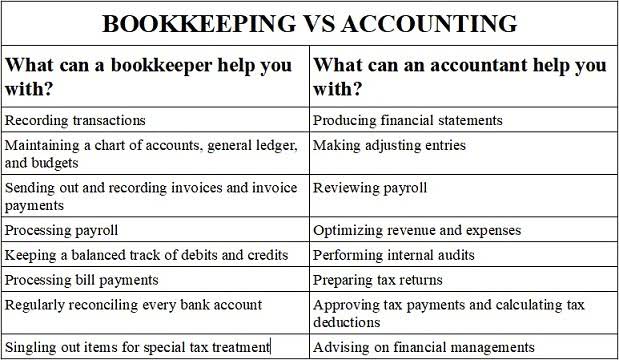
Equity accounts, like Common Stock, show ownership investment and earnings. They too have a credit balance, showing long-term financial benefits. The normal balances of accounts are important to consider when preparing financial statements. Expense accounts normally have debit balances, while income accounts have credit accounts and their normal balances balances. In Introduction to Financial Statements, we addressed the owner’s value in the firm as capital or owner’s equity. The primary reason for this distinction is that the typical company can have several to thousands of owners, and the financial statements for corporations require a greater amount of complexity.
Normal Balance and the Accounting Equation
Note that for this step, we are considering our trial balance to be unadjusted. The unadjusted trial balance in this section includes accounts before they have been adjusted. As you see in step 6 of the accounting cycle, we create another trial balance that is adjusted (see The Adjustment Process). The Cash account stores all transactions that involve cash receipts and cash disbursements.
Normal Balance of Accounts Explained: Ensuring Financial Stability
In accounting, every account has a normal balance, which is the side of the account where increases are recorded. The normal balance can be either a debit or a credit, depending on the type of account. Understanding the normal balance of different accounts is crucial for accurately recording transactions. Normal balance refers to the expected side or category where an account balance should appear. It is a fundamental concept in accounting that helps ensure accuracy and consistency in financial reporting.

Role of Normal Balances in Financial Statements
University instructors and accounting supervisors put a lot of effort into teaching this. They use tools like accounting online resources to help tell the financial story accurately. Following best practices in accounting is crucial for accurate financial records. Groups like the Financial Accounting Standards Board (FASB) and the American Institute of Certified Public Accountants (AICPA) offer guidance.
- The Small Business Administration (SBA) highlights the importance of checking account classifications.
- The customer did not pay cash for the service at that time and was billed for the service, paying at a later date.
- Additionally, the normal balance affects financial ratios derived from the financial statements.
- Meanwhile, liabilities, equity, and revenues should be Credit.
- This would mean that any uncertain or estimated expenses/losses should be recorded, but uncertain or estimated revenues/gains should not.
- For example, the normal balance of an asset account is a credit balance.
- A more complete picture of company position develops after adjustments occur, and an adjusted trial balance has been prepared.
Our Review on The Credit One Credit Card
For example, if a company has $100 in Accounts Receivable and $50 in Accounts Receivable Offset (a contra asset account), then the net amount reported on the Balance Sheet would be $50. This means that contra accounts reduce the net amount reported on the financial statement and business transaction. A contra account is an optional accounting tool you can use d to improve the accuracy of financial statements. The debit side of a liability account represents the amount of money that the company has paid to its creditors. Cash equivalents are short-term investments that you can convert quickly into cash with normal balances. A cash account is an expected normal balance account that includes cash and cash equivalents.

If the employee was part of the manufacturing process, the salary would end up being part of the cost of the products that were manufactured. A contra revenue account that reports the discounts allowed by the seller if the customer pays the amount owed within a specified time period. For example, terms of “1/10, n/30” indicates that the buyer can deduct 1% of the amount owed if the customer pays the amount owed within 10 days. As a contra revenue account, sales discount will have a debit balance and is subtracted from sales (along with sales returns and allowances) to arrive at net sales.
How does the accounting equation relate to normal balances?

Accounting transactions change general ledger accounts through these entries. This shapes the financial story of both personal and business finances. Asset accounts normally have debit balances, while liabilities and capital normally have credit balances. Income has a normal credit balance since it increases capital. On the other hand, expenses and withdrawals decrease capital, hence they normally have debit balances.
The final total in the debit column must be the same dollar amount that is determined in the final credit column. For example, if you determine that the final debit balance is $24,000 then the final credit balance in the trial balance must also be $24,000. If the two balances are not equal, there is a mistake in at least one of the columns. Forecasting, on the other hand, uses normal balances to estimate the financial outcomes of various scenarios. By applying expected transactions to the normal balances of accounts, financial professionals can simulate the effects of business decisions on the company’s financial trajectory. This forward-looking approach is instrumental in strategic planning and risk management, as it allows businesses to prepare for potential financial challenges and opportunities.
Sales are reported in the accounting period in which title to the merchandise was transferred from the seller to the buyer. While expense and loss accounts typically have a negative account balance. When we talk about the “normal balance” of an account, we’re referring to the side of the ledger. This means that debits exceed credits and the account has a positive balance.
